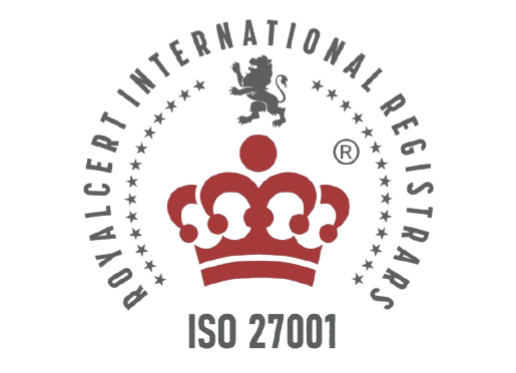The Challenge of Cloud Governance in Enterprise Environments: AWS Control Tower’s Proposal
- Aktios

- Sep 16
- 2 min read
Cloud Adoption with Strong Foundations
Over the years, we’ve seen many cloud migration projects kicked off by different teams, often motivated by the attractive features and advantages the cloud offers — such as the ability to scale services dynamically.
However, it is common to overlook the processes required to ensure regulatory consistency in these new environments, as well as the need to define clear business objectives shared across the company.
It’s important to note that all cloud providers offer an adoption framework that helps us approach the process consistently and solve the challenges that can arise when building cloud infrastructure without a well-defined plan and strategy. This framework focuses on preparing cloud environments, commonly referred to as a “Landing Zone.”
The Challenge: Governing the Infrastructure
One of the biggest hurdles in cloud adoption is infrastructure governance.
From defining the initial strategy to migrating workloads and adopting new IT processes, every step introduces unique challenges. On top of that, we must ensure compliance with regulations and industry standards such as GDPR, ISO 27001, or PCI-DSS.
It’s easy to fall into the trap of creating resources and environments in an unorganized manner, without a long-term vision.
This leads to scalability issues, poor visibility, and governance problems — such as over-provisioned resources, orphaned assets, security policy violations, and unexpected cost overruns.
In many ways, it can feel like being caught in the middle of a storm.
AWS’s Proposal: Control Tower to the Rescue
This is where AWS Control Tower comes into play. AWS has been steadily improving its governance and control capabilities, and in 2019 it launched Control Tower. While we believe it arrived a bit later than ideal, this tool has been tremendously helpful in organizing multi-account AWS environments and aligning with the recommendations and best practices outlined in the AWS Well-Architected Framework.
Most importantly, it allows you to set up operational compliance controls. AWS’s proposal is simple yet effective: establish a structured account architecture as the fundamental governance layer.
This means segmenting functional roles — such as security, auditing, or communications — from the accounts that actually host workloads. As a result, accounts can be separated by environment or project, applying the same set of controls consistently across the board.
With AWS Control Tower, you can apply governance controls through Service Control Policies (SCPs), whether at the organization-wide level or scoped to specific Organizational Units (OUs). This process is automated and scalable, making it easier to maintain consistency and control across environments.
Another benefit of a multi-account approach is that it grants DevOps teams more operational freedom to manage and deploy resources — while still staying within the organizational boundaries established by governance controls.
Our Experience at Aktios
Since its launch, we at AKTIOS have been working with AWS Control Tower and regularly offer implementation demos and technical sessions to help organizations prepare the necessary governance controls.
We can confidently say that having tools like AWS Control Tower greatly simplifies enterprise cloud governance and ensures consistency and compliance across the cloud landscape.
If you’d like to explore AWS Control Tower’s features on your own, you can find more information in the official documentation:
AWS Official Documentation





_edited_edited.png)
